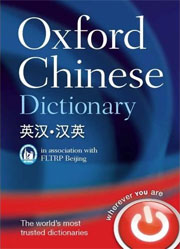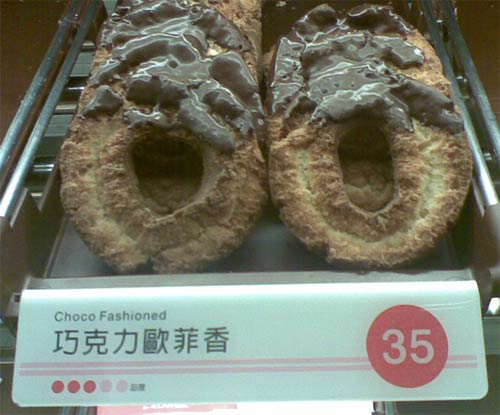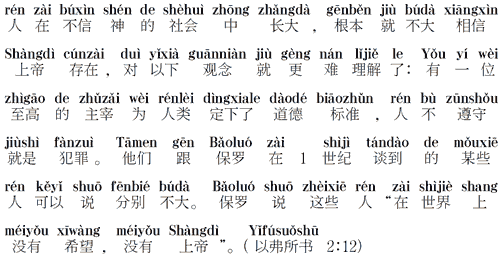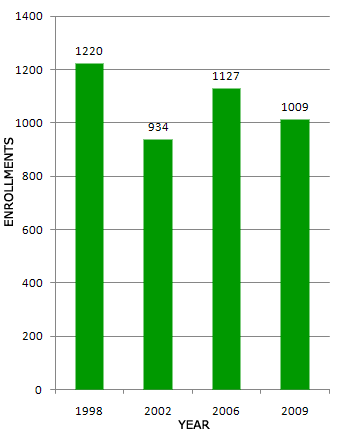Taiwan’s government Web sites have begun removing versions of their content in simplified Chinese characters at the instruction of President Ma Ying-jeou (Mǎ Yīngjiǔ).
This isn’t just a matter of, say, writing “臺灣” (Taiwan) instead of “台灣” (which, yes, the government here is encouraging). This is much bigger. Entire pages, entire Web sites even, written in simplified Chinese characters are being eliminated.
The Tourism Bureau, for example, removed the version of its site in simplified Chinese characters from the Web on Wednesday. This comes at a time that the government’s further lifting of restrictions against individual Chinese tourists is aimed at bringing in more travelers from China.
The Presidential Office’s spokesman quoted Ma as saying “To maintain our role as the pioneer in Chinese culture, all government bodies should use traditional Chinese in official documents and on their Web sites, so that people around the world can learn about the beauty of traditional characters.” (Is that what pioneers do? I’ll try to find the original Mandarin-language quote later if I get a chance.)
It’s one thing to urge businesses not to remove traditional Chinese characters and replace them with simplified Chinese characters (as the government did on Tuesday). It’s quite another to remove alternate versions in another script — one that a very sizable target audience would have an easier time with.
During the administration of President Chen Shui-bian the government began adding versions in simplified Chinese characters of the Mandarin texts of official Web sites. The Office of the President was one such site. Now the simplified version is gone. That’s happening across government sites.
Here, for example, are some screen shots I took.
This was the language/script selection at the National Palace Museum‘s Web site as of Thursday morning. (Click to see an image of the entire front page.)

“简体中文” (jiǎntǐ Zhōngwén) is brighter because I had my mouse over it to highlight that text.
And here the language/script selection at the National Palace Museum’s Web site as of Thursday evening:

As you can see, the choice of viewing the site in simplified Chinese characters has been removed.
Here at Pinyin.Info I often have material in Hanyu Pinyin. So I’m certainly not unsympathetic to the idea that sometimes the medium really is a major part of the message. But I doubt that President Ma’s tough-love approach in this area will accomplish anything useful for Taiwan or the survival of traditional Chinese characters; indeed, I believe it will be counter-productive.
To be more blunt about this, this seems like a really, really bad idea.
some sources:
- Tourism Bureau removes simplified Chinese from Web, Taipei Times, June 16, 2011
- Taiwan scrubs simplified Chinese script, AFP, June 16, 2011

![google_translate_xi'an2 screenshot showing what happens if the following is entered into Google Translate: '在西安, 在长安, 在重庆, 在北京'. That leads to the following in Google Translate: 'in Xi'an, in Chang [sic], in Chongqing, in Beijing'. But the romanization line reads 'Zai xian, Zai changan, Zai chongqing, Zai beijing'](https://pinyin.info/news/news_photos/2011/06/google_translate_xian2.gif)







